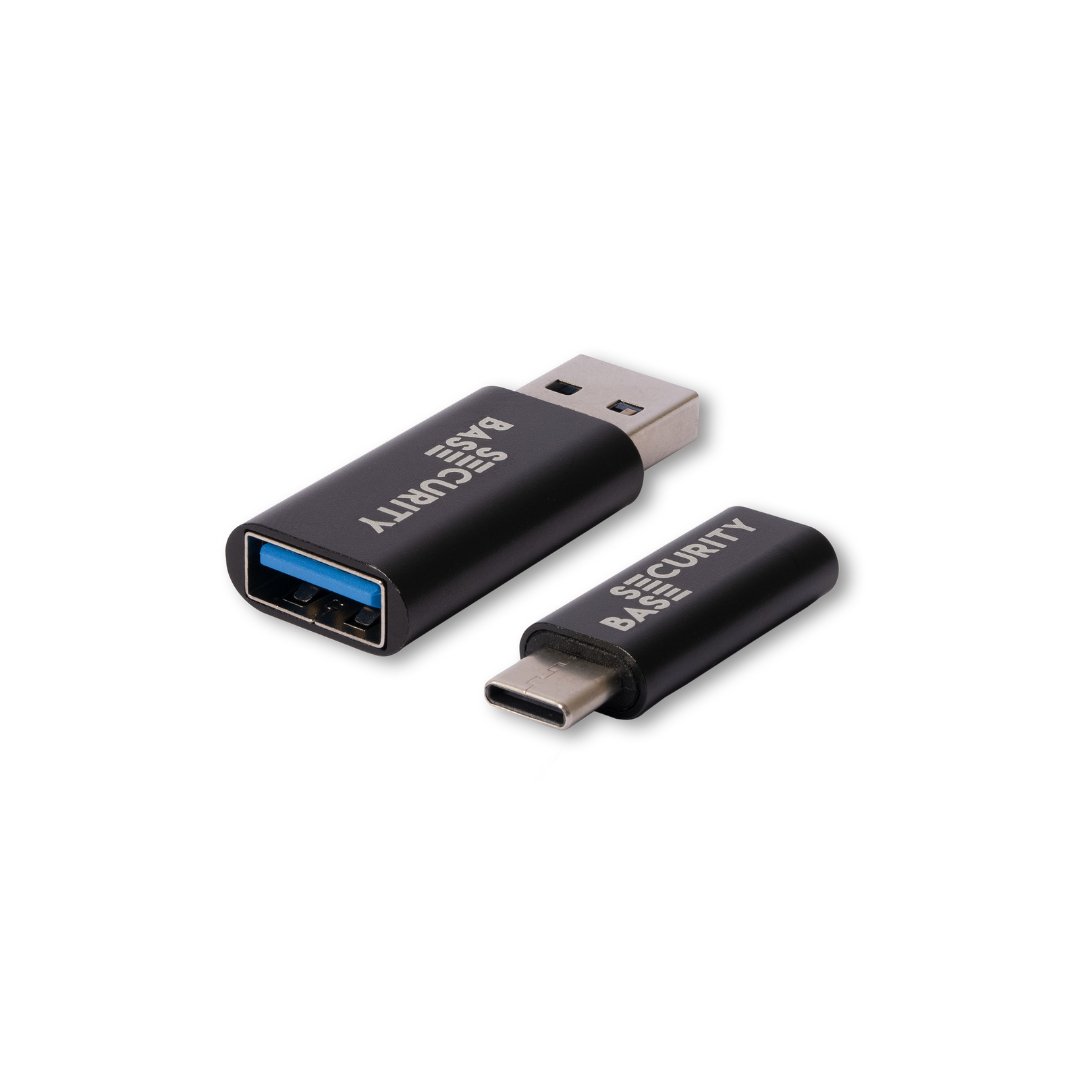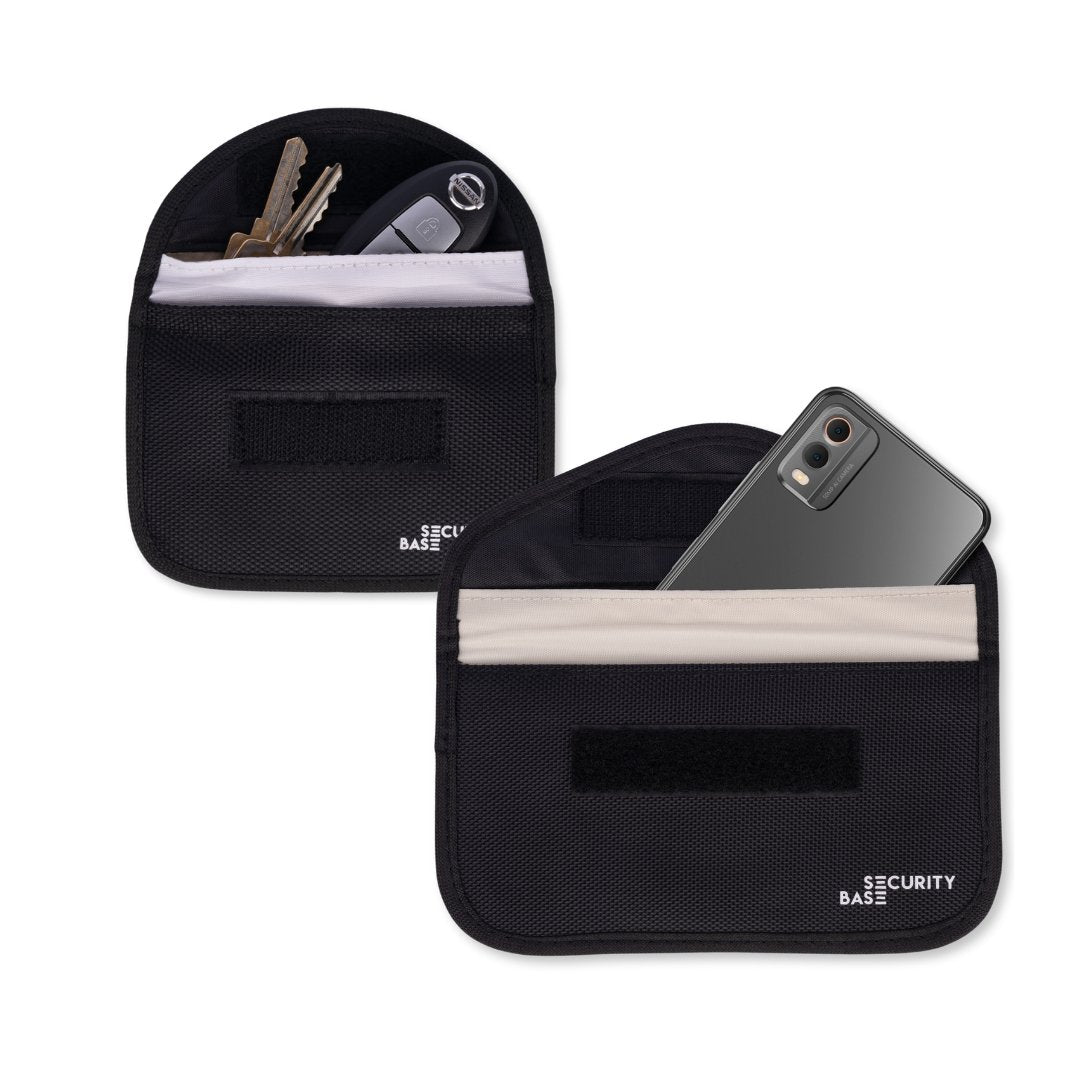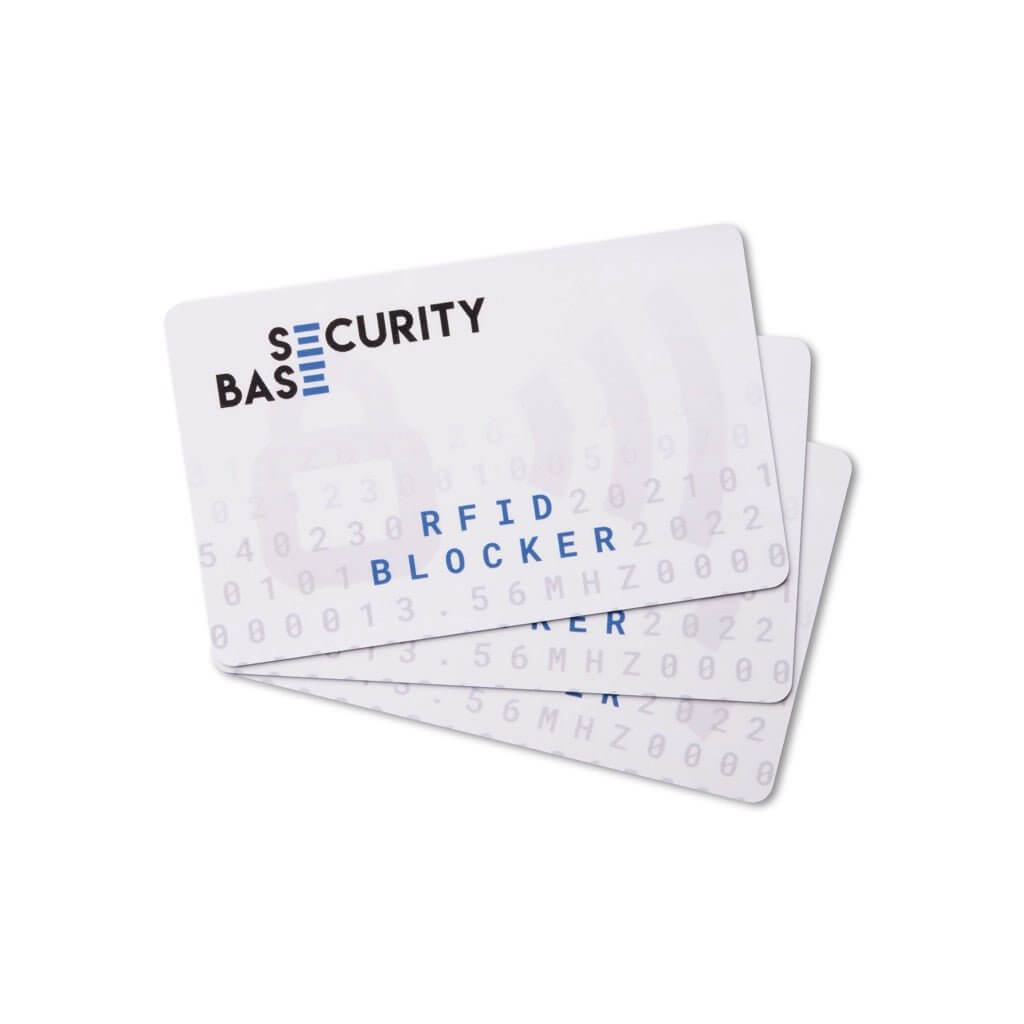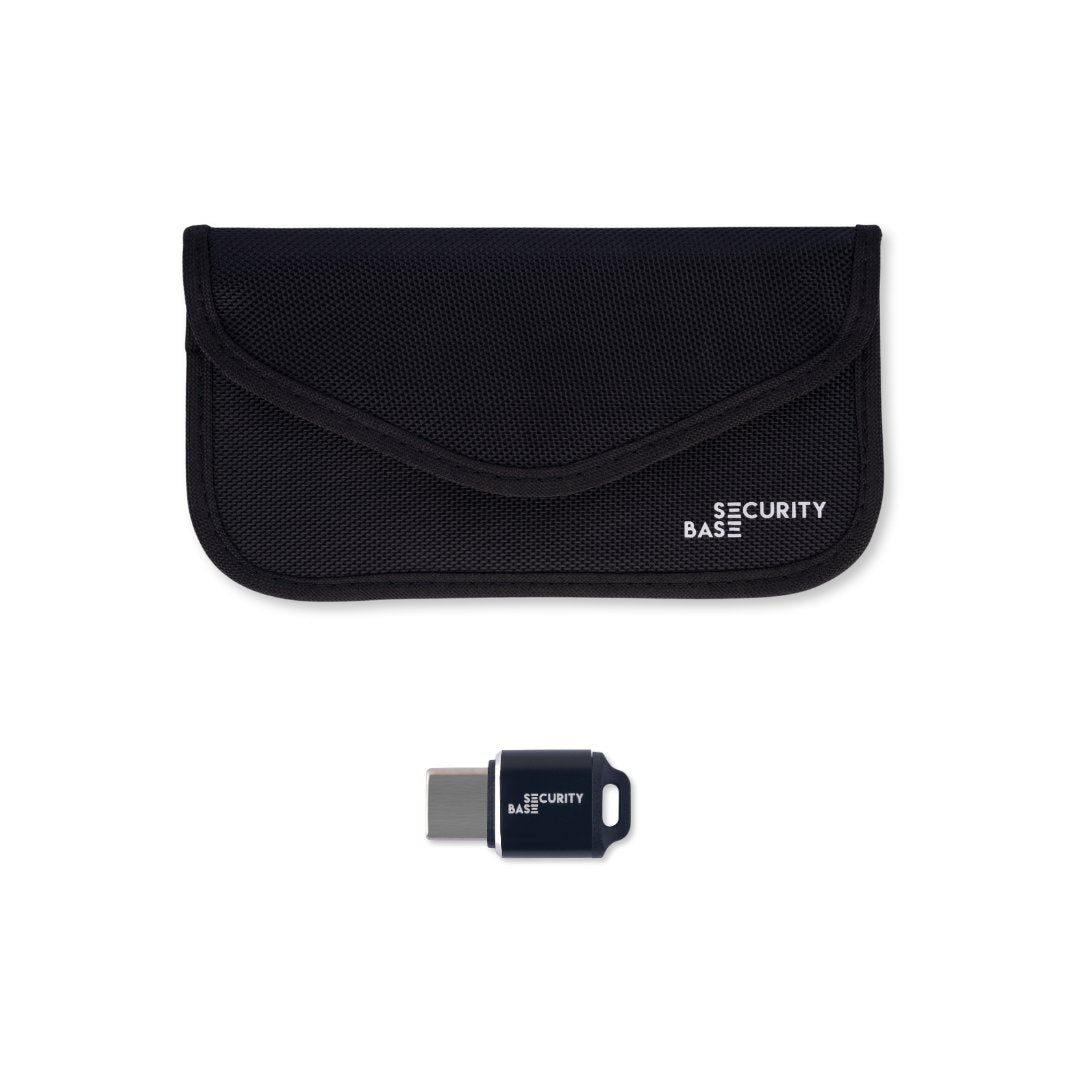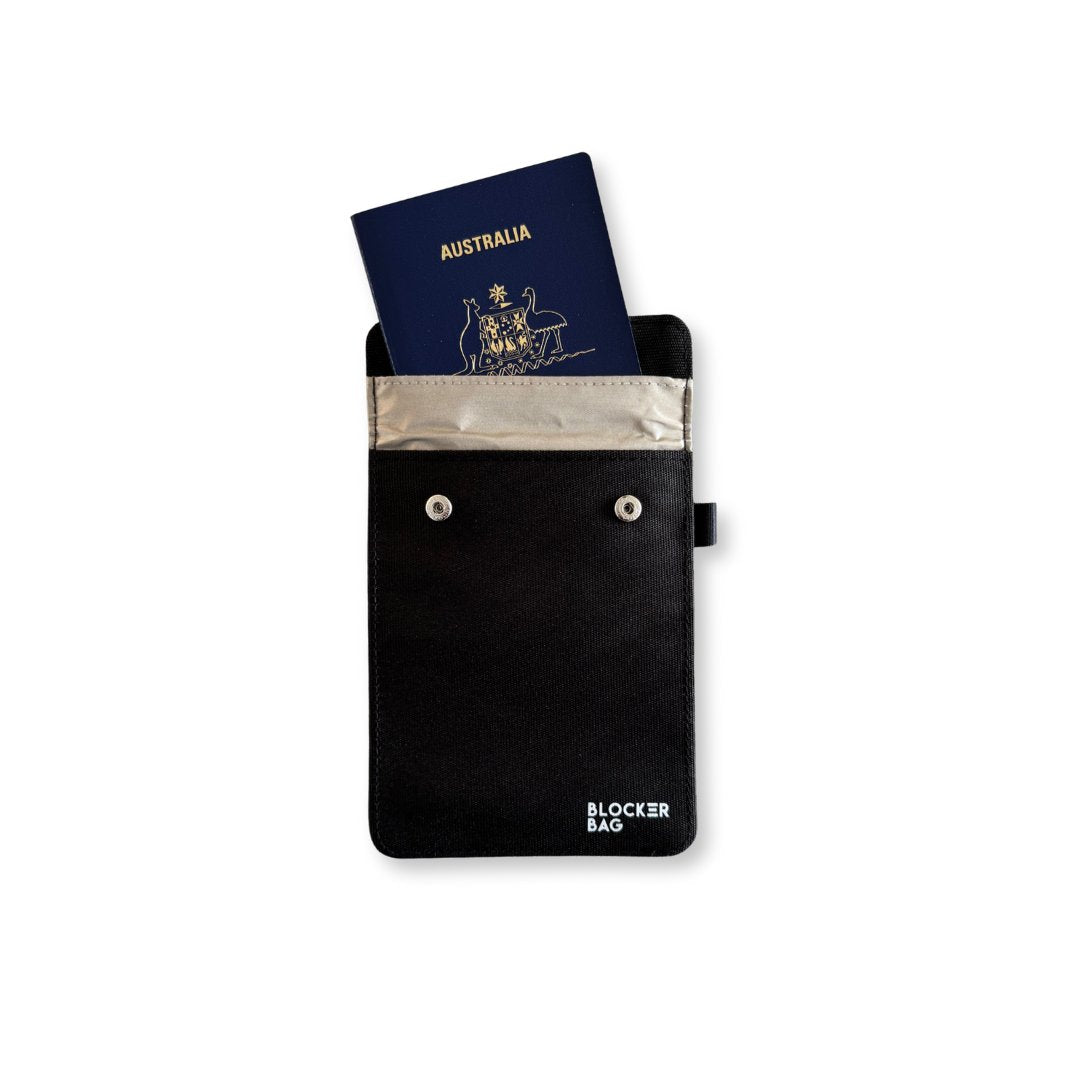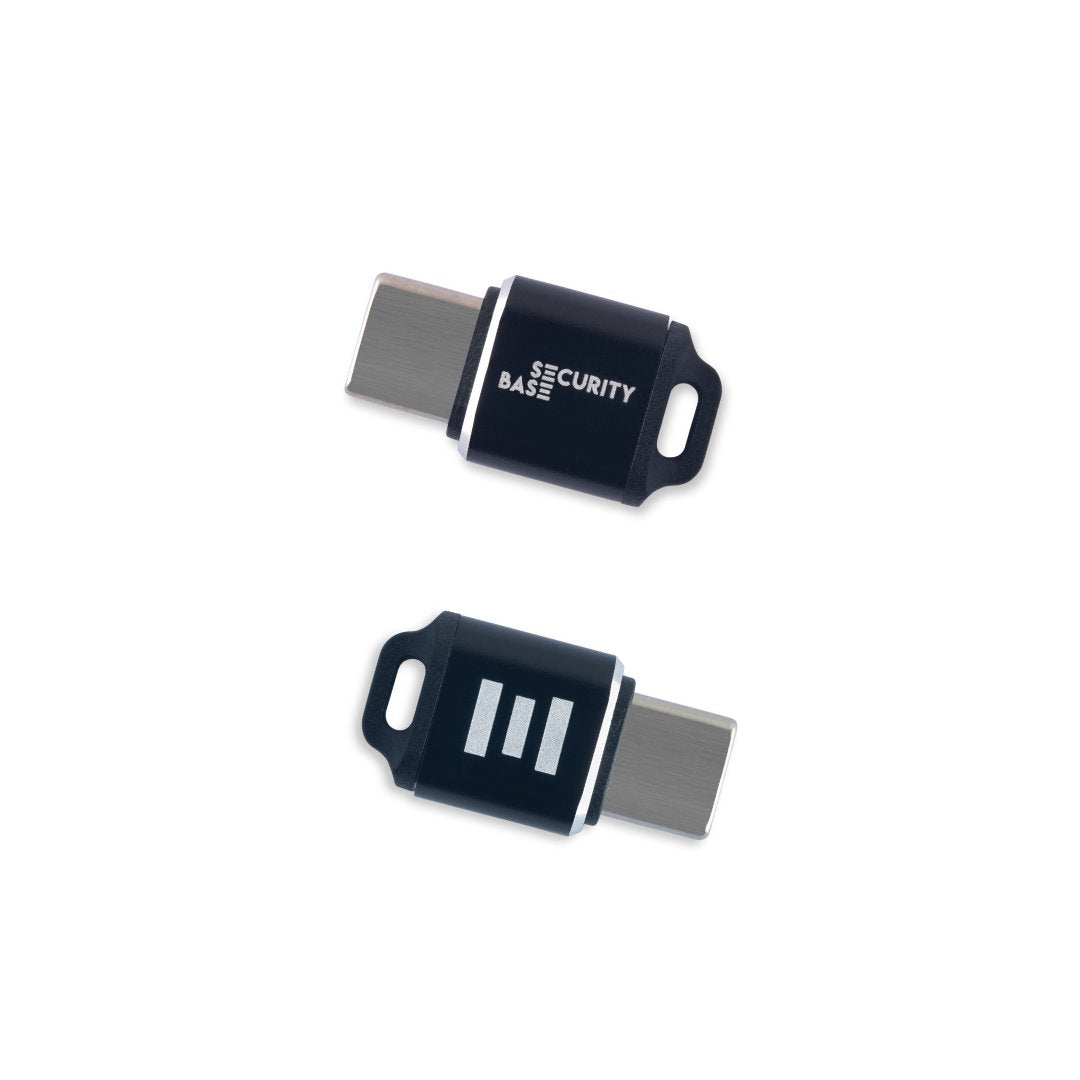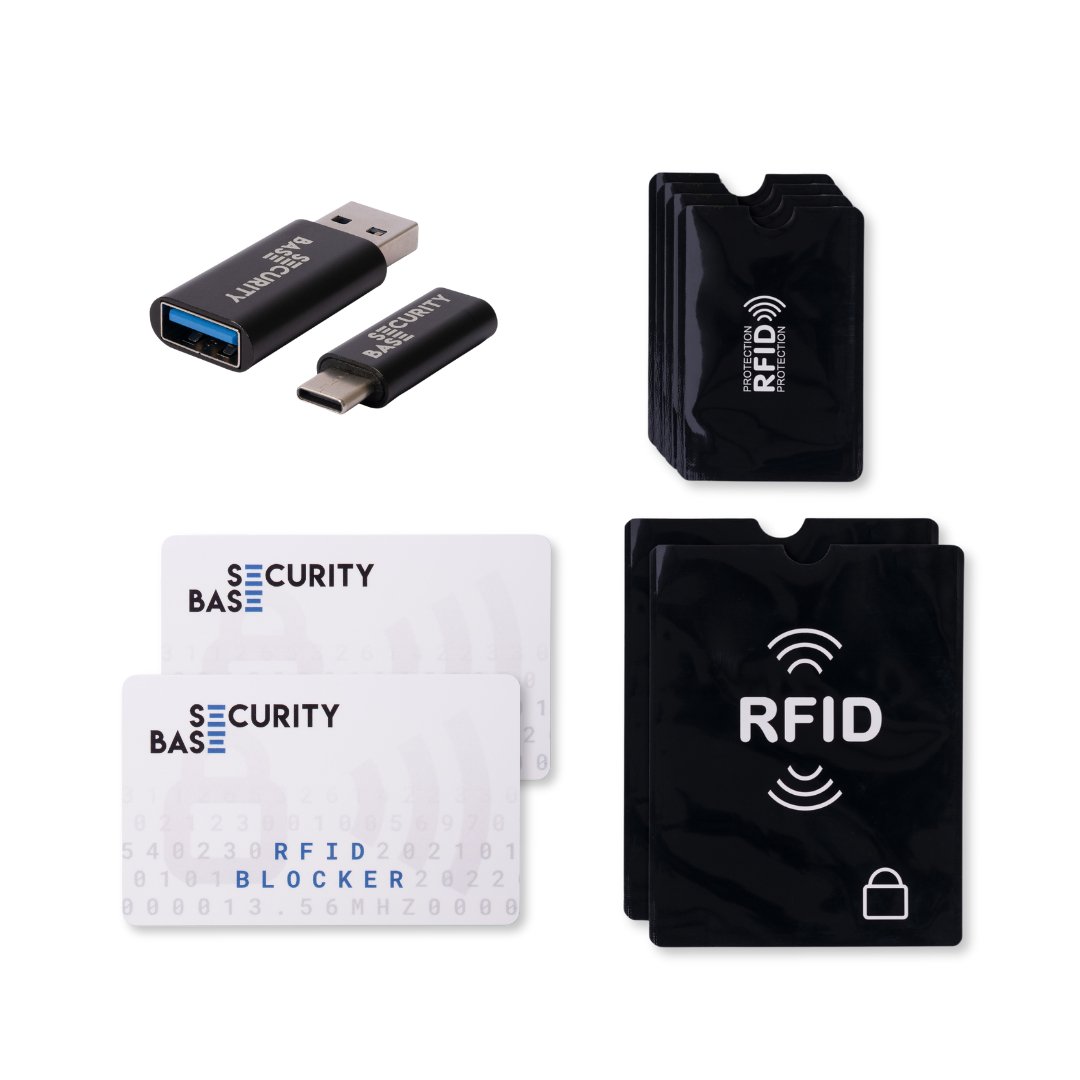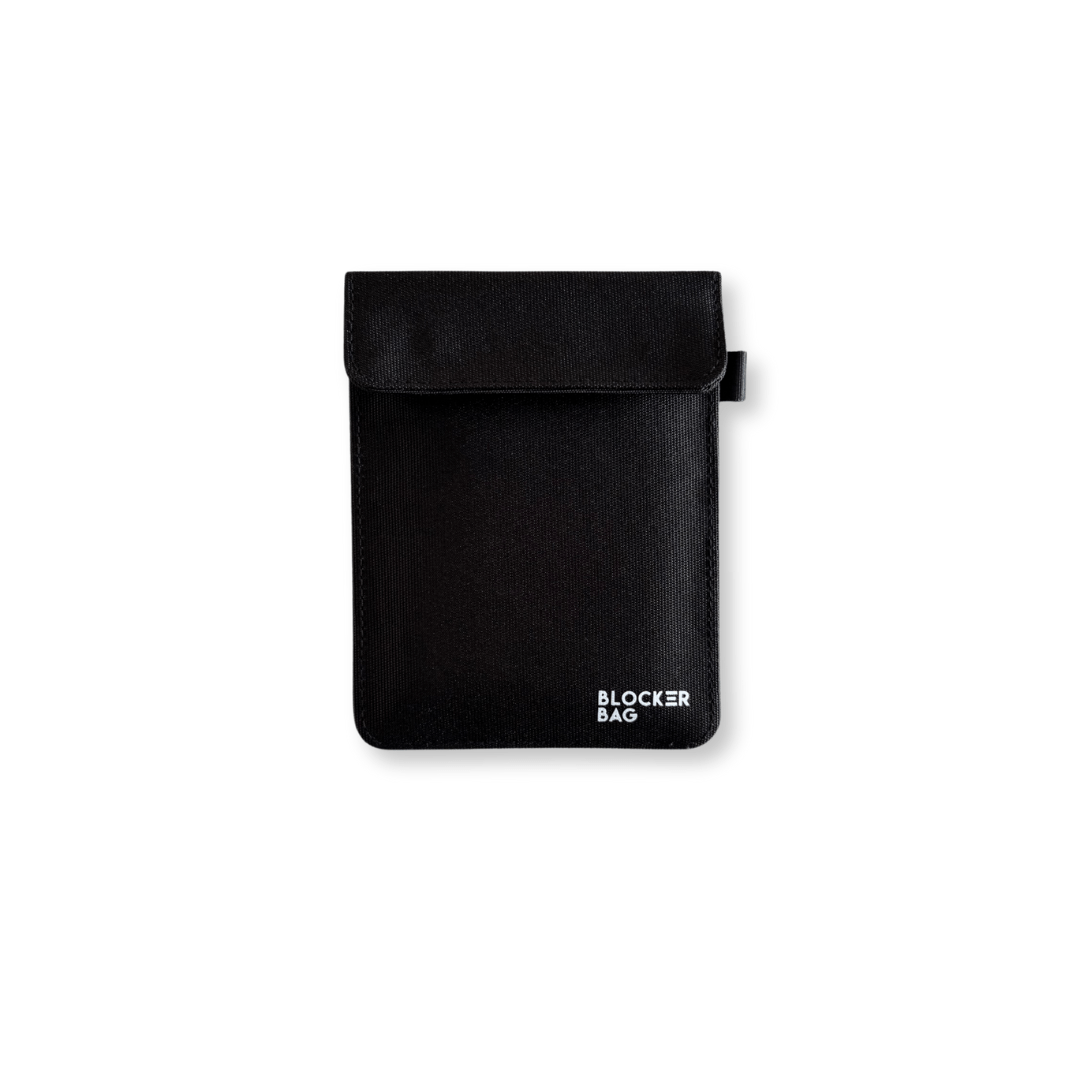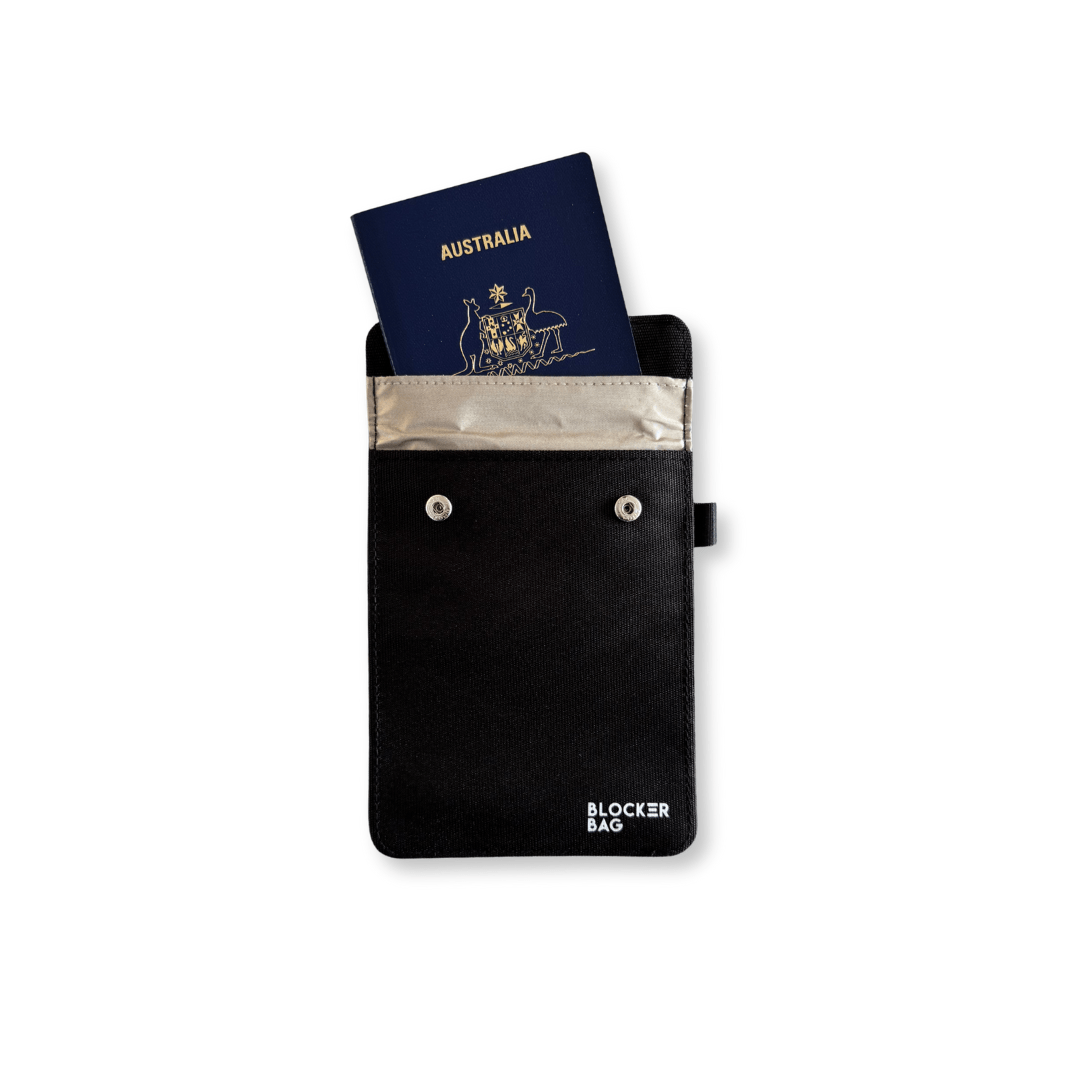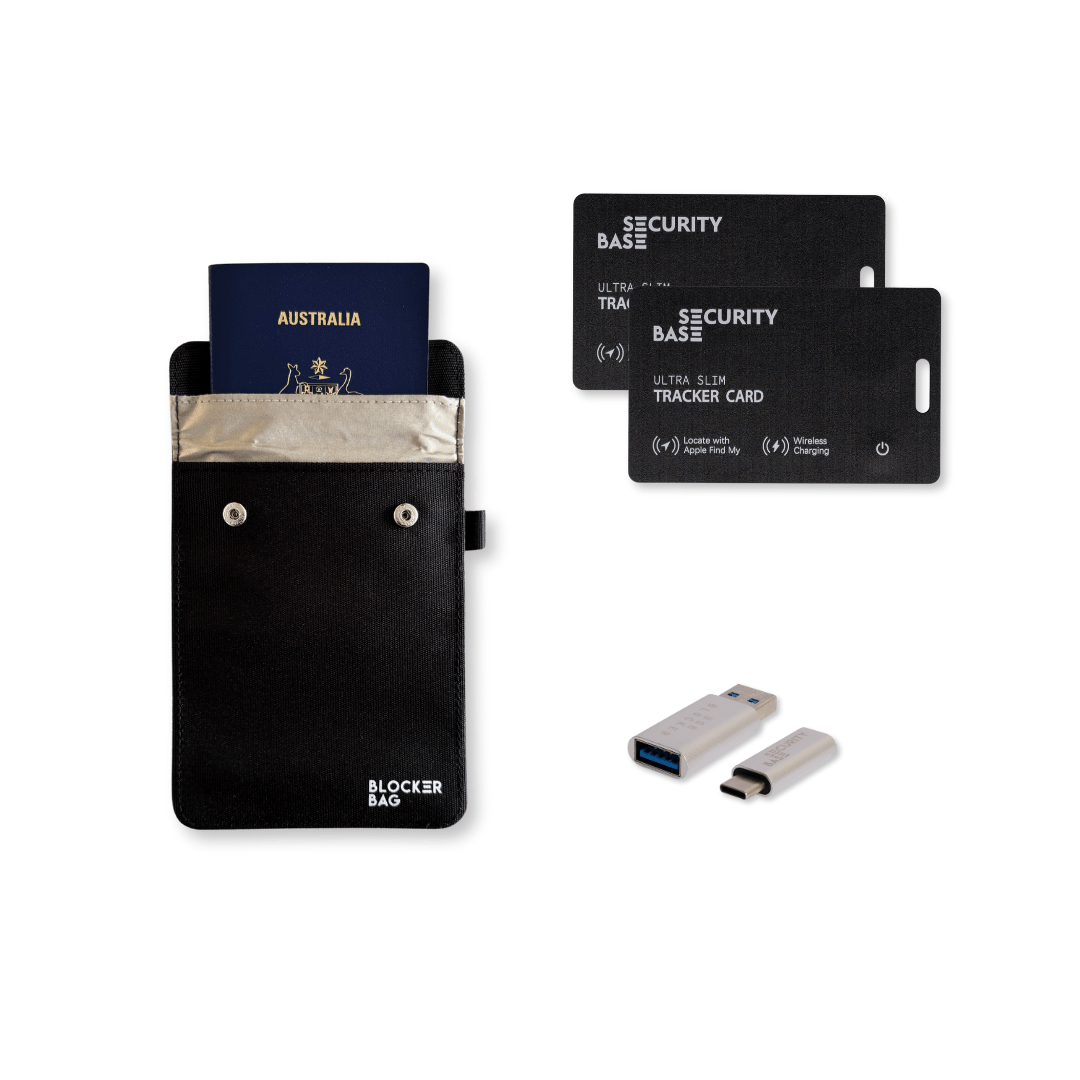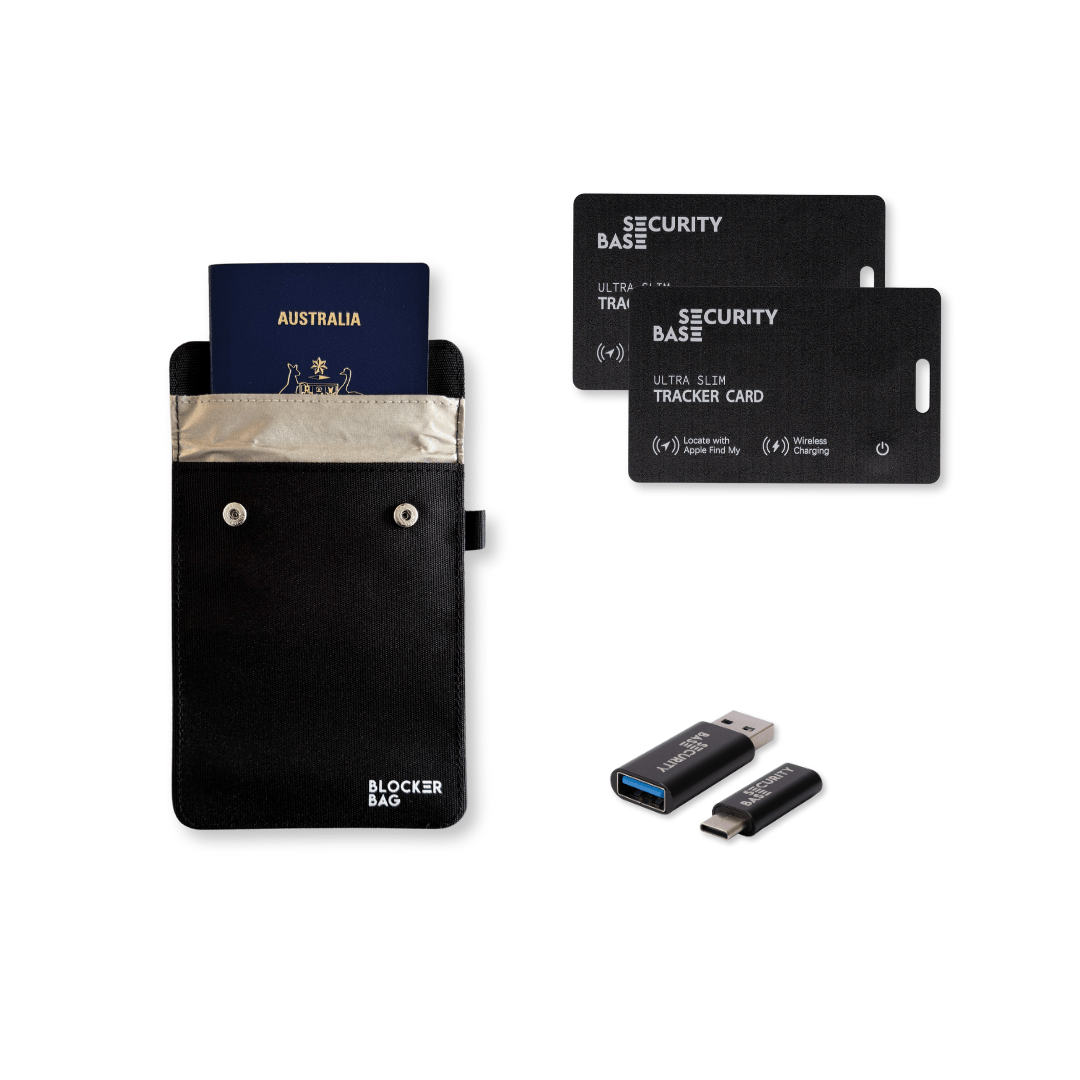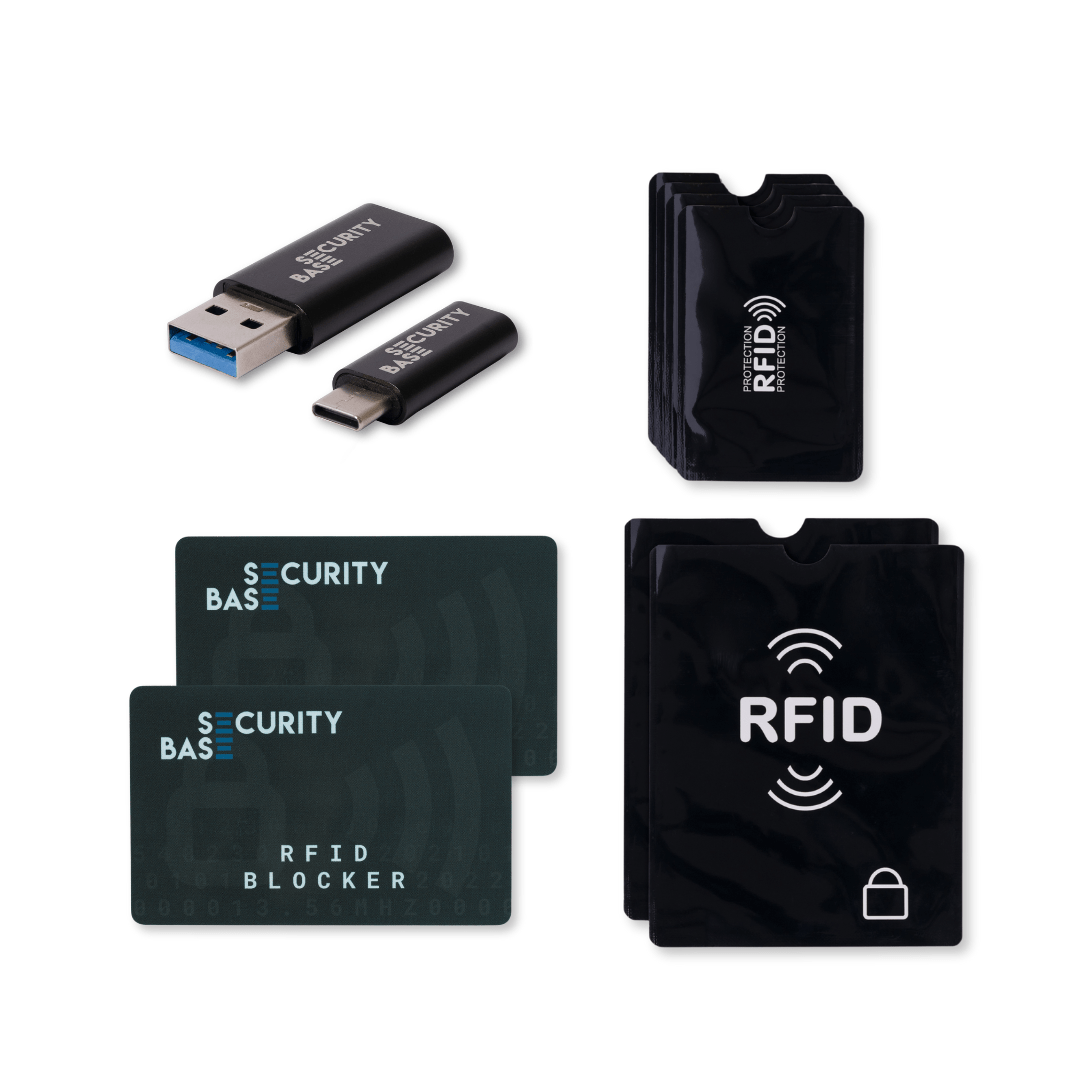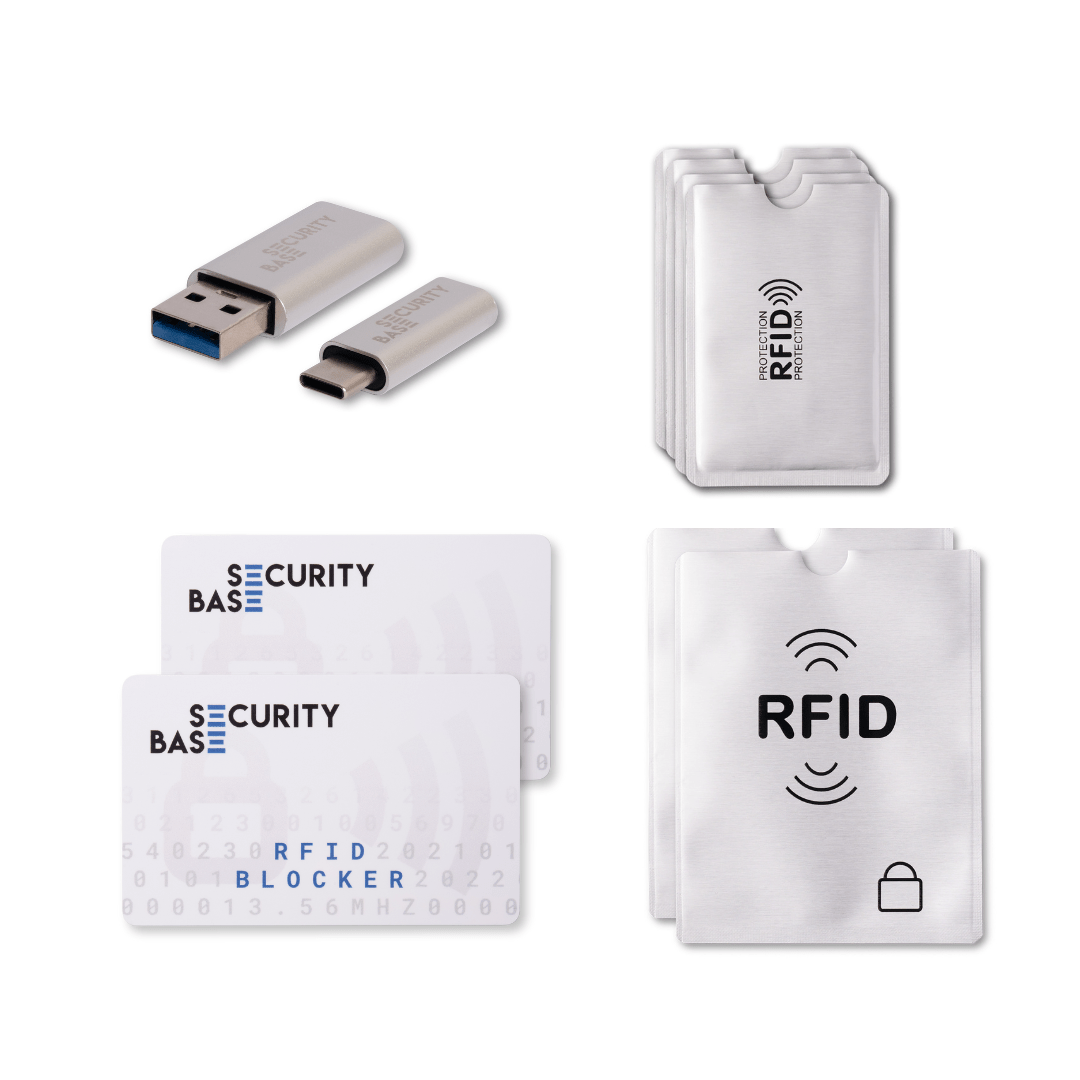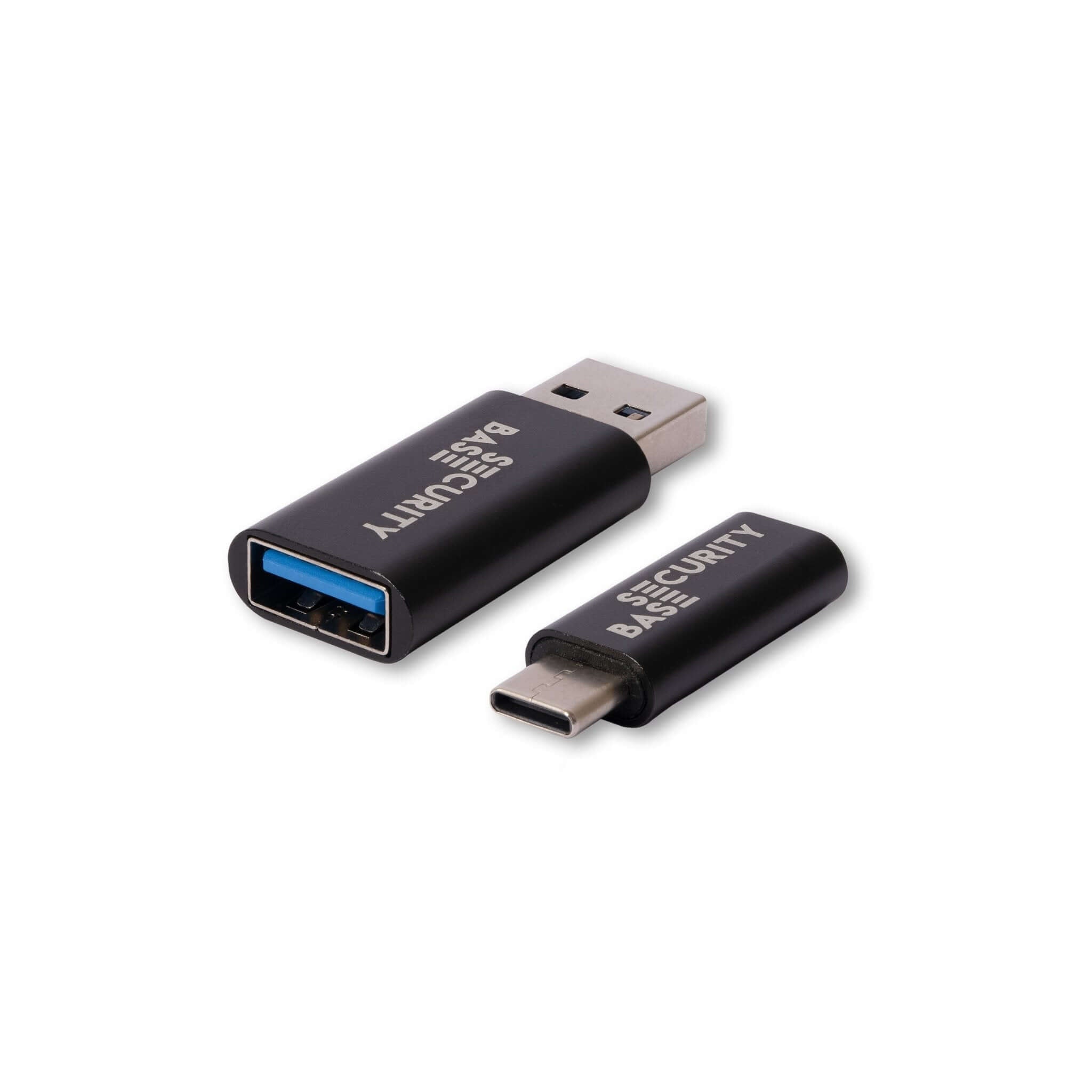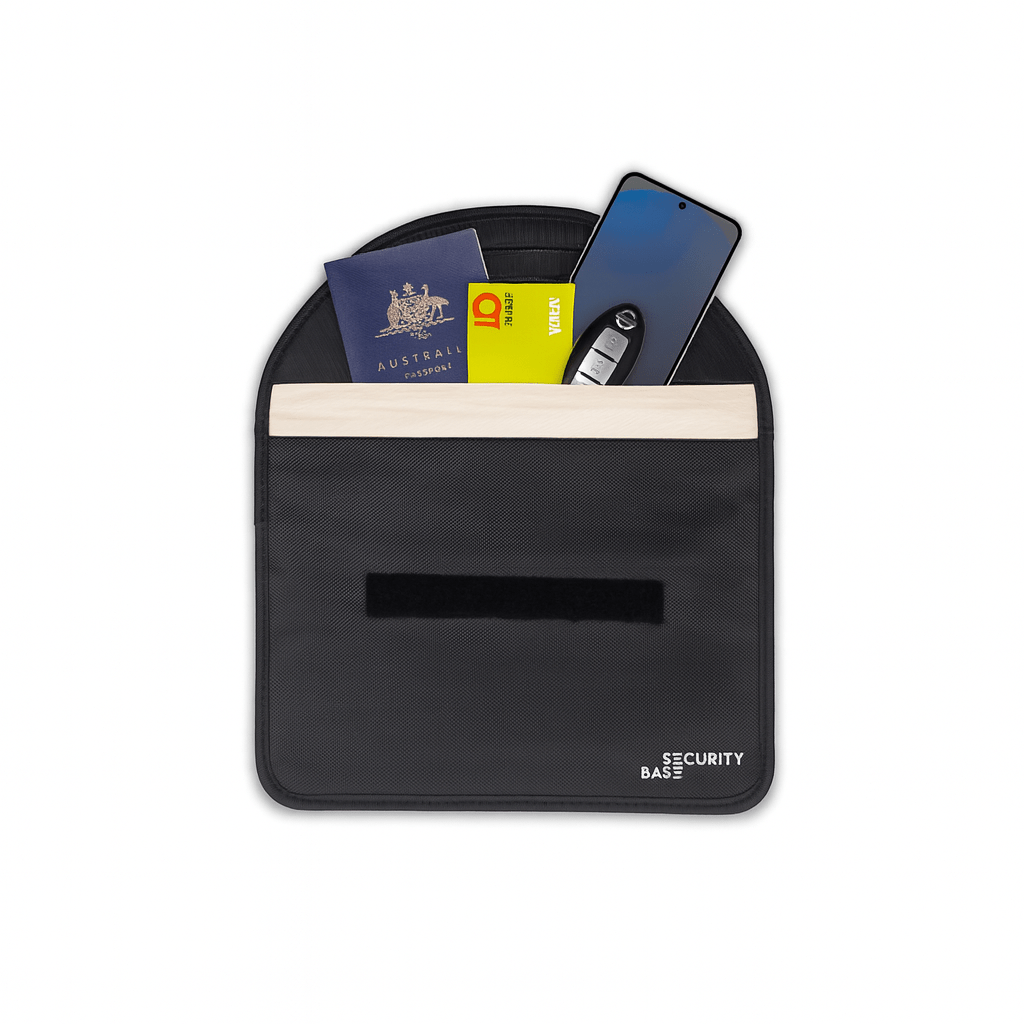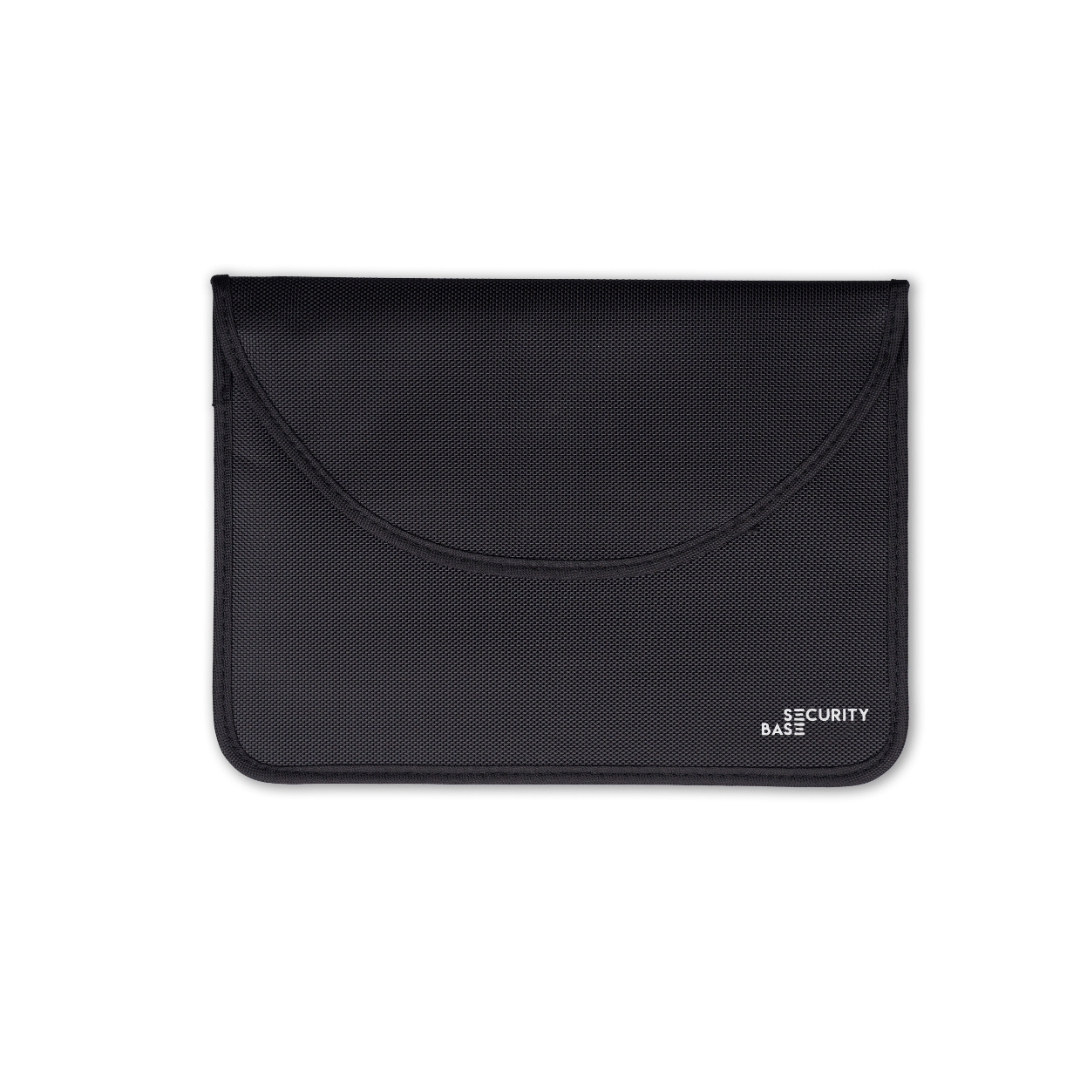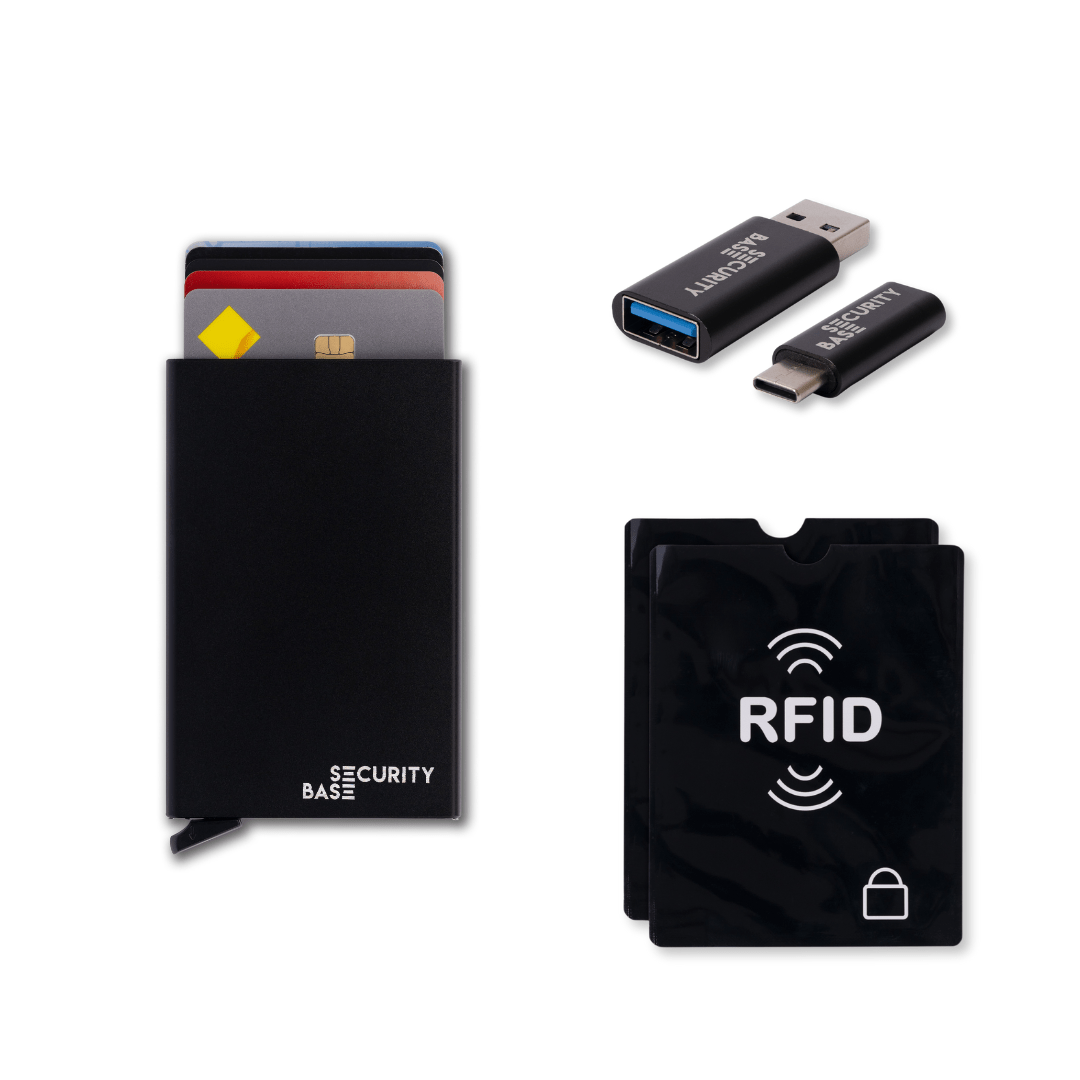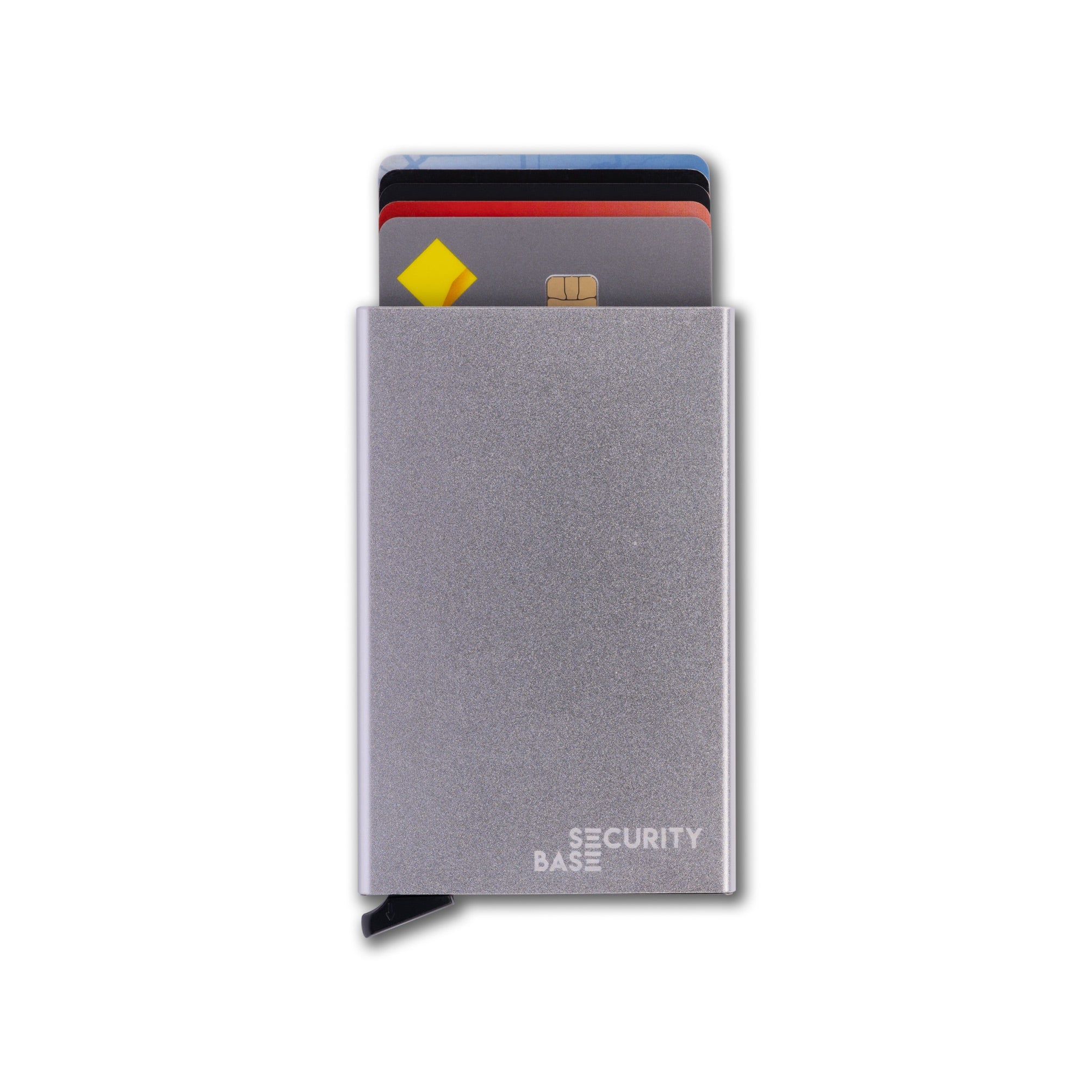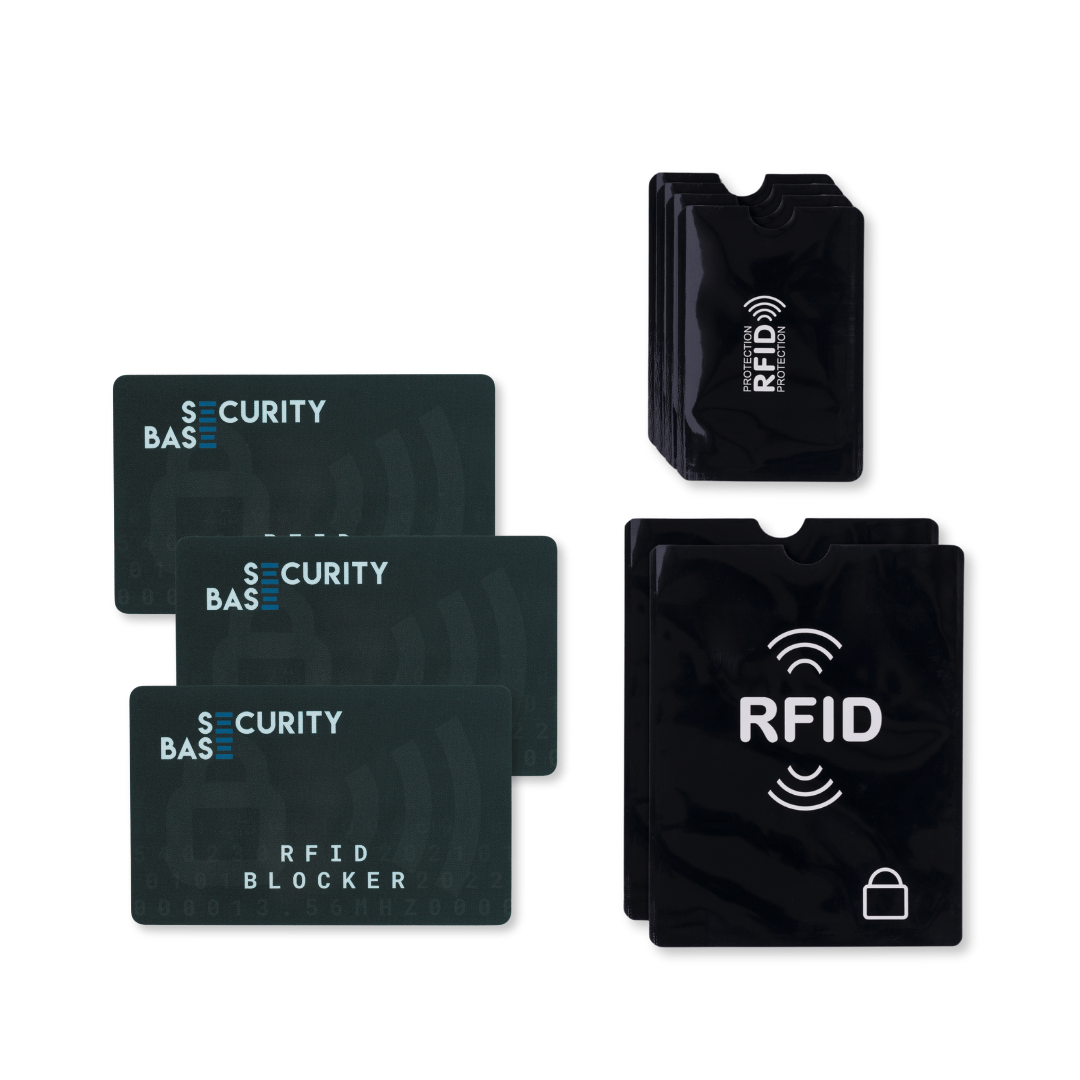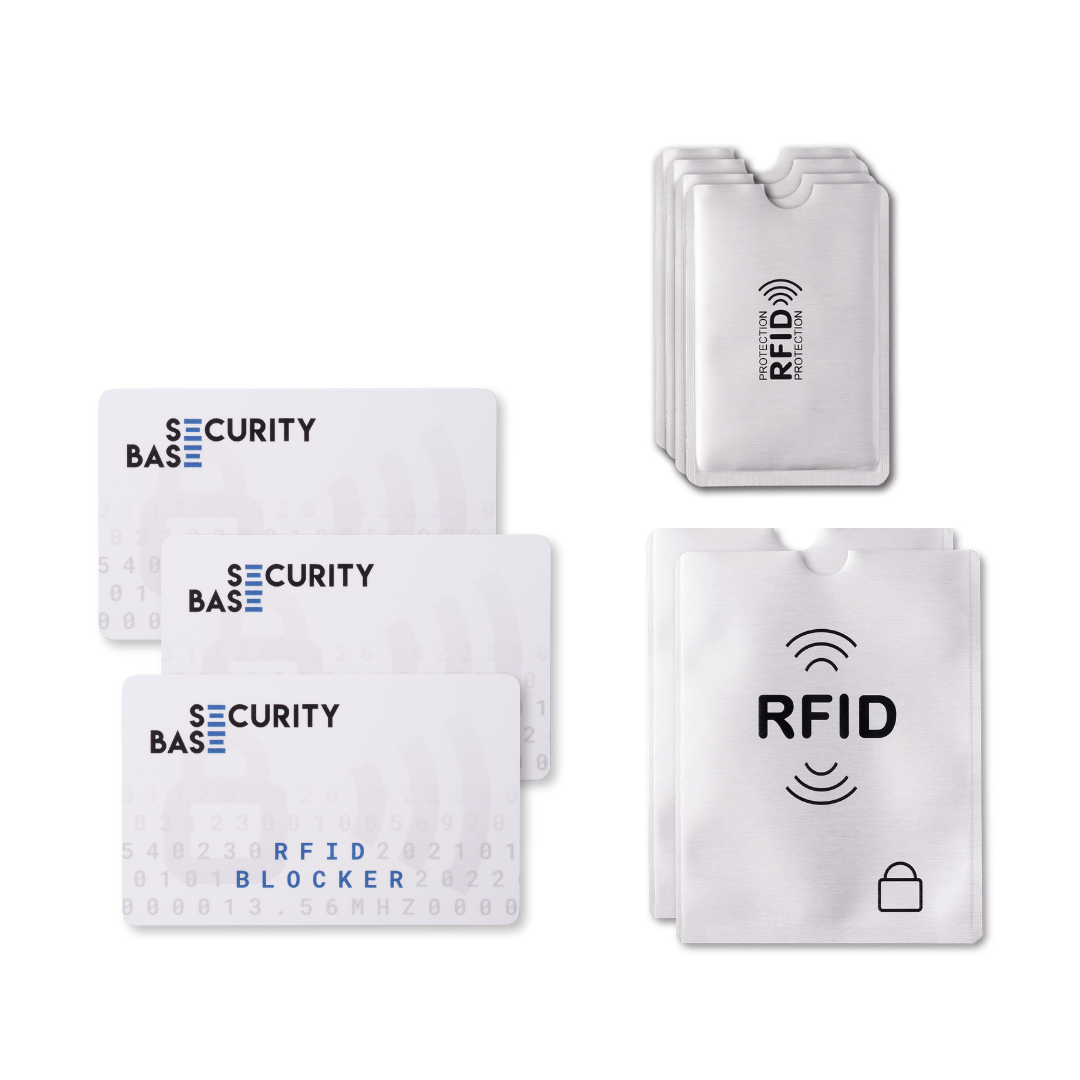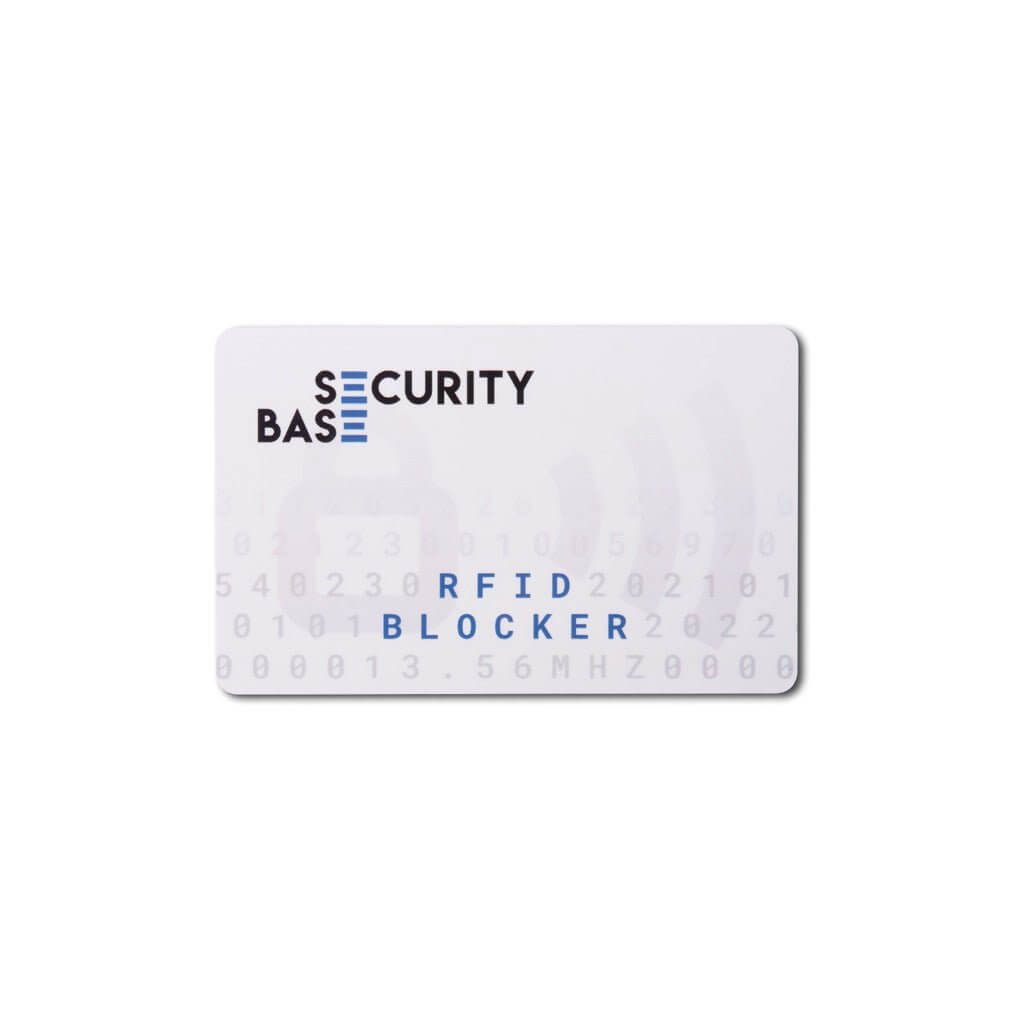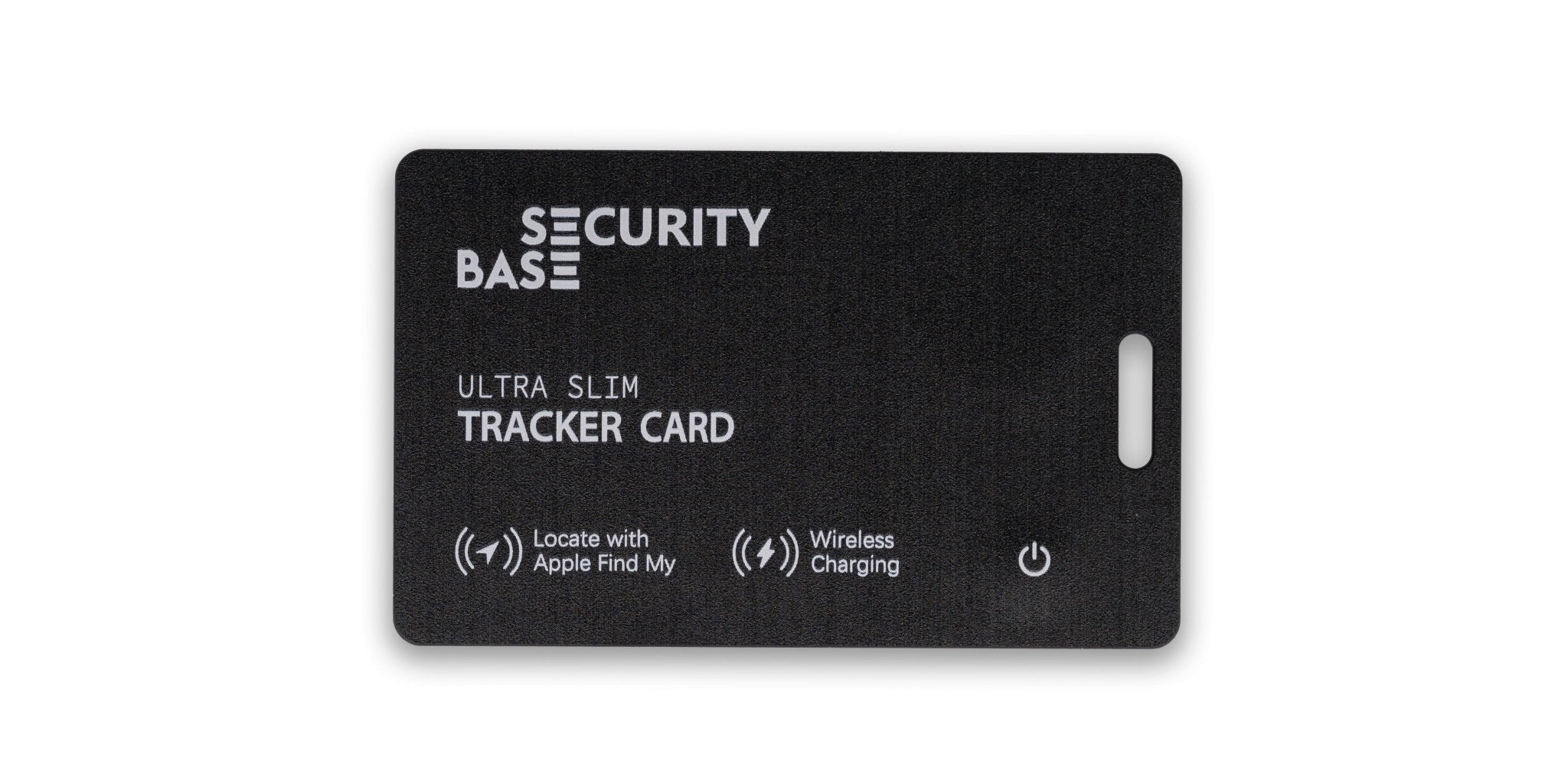Whether you’re traveling for business or pleasure, your cybersecurity is at risk every time you step foot outside of your home or office. Between the danger of connecting to public Wi-Fi, a stream of new digital threats, and the constant worry of hackers, skimmers, and scammers, traveling has never been more stressful than now.
Taking a trip involves a lot of planning, and one plan you should never overlook is how you’re going to stay cyber-safe. Once a criminal latches onto your vulnerabilities, they can take advantage of the situation and gain access to your information and even steal your devices when you’re not looking.
Threats to your cyber and personal safety can include identity theft, data theft, device theft, and more. If you’re not safe, your sensitive data, identity papers and financial information are at risk leading to incidents that can take years, money, and stress to resolve. If you connect to public Wi-Fi, your data can easily be stolen by hackers using the same connection. When you’re not paying attention, criminals can slip in and take your devices or skim data off your credit cards.
You can easily improve your digital and personal safety by following a few essential tips and best practices while you’re traveling:
1. Encrypt your data and devices
Most smartphones have encryption enabled by default, but if you’re bringing your laptop, you might need to turn it on manually. Do a simple search on your computer to find where and how to turn on encryption services. Encrypting your device scrambles your information, making it almost impossible for someone to read it. Don’t forget to encrypt all flash drives and portable hard drives you might be taking.
2. Update all your devices
Before you set off on your next business trip, make sure all your devices are updated to the latest update released by the manufacturer. Every update fixes bugs from previous updates and improves the security features of the device and software.
3. Activate remote locate and wipe capabilities
Make sure you can track your devices if they are stolen. Most devices can use remote locate in the event you lose them. Go through each device's settings menu and ensure remote locate and wipe are turned on. If your device is stolen, you can track its whereabouts and wipe your data.
4. Protect your devices with a PIN or password
Lock your phone, tablet, laptop or other devices with a PIN, password, fingerprint ID, or face ID. Try changing your PINs and passwords while you’re traveling as a first line of protection if your devices are stolen. Avoid using the same PIN or password for more than one device, adding another layer of security.
5. Use a USB data blocker
If your device requires a USB cord to charge, you should be using a USB data blocker to protect yourself from unwanted “juice hacking”. This can happen when using a public USB port at the airport, hotel or other public location. Thieves can juice hack your device through the USB connection and access the personal data on your phone, tablet, or camera. A data blocker stops juice hacking before it begins.
6. Stay in safe locations
Before you make your reservation, check whether the hotel has CCTV, room safes, and 24-hour reception. The more security measures the hotel has in place, the safer you and your data are.
7. Disable communication capability
Disable their connections to Wi-Fi, Bluetooth, and Near Field Communication (NFC) when you're not using your devices. Hackers can use these connections to access the data on your devices.
8. Protect your travel documents
Unauthorised RFID scanners steal data from your credit cards right from your wallet, giving scammers access to your money and personal information. You can easily protect your travel documents and credit cards by using RFID scanners blocking technology. Check out our RFID Card Defender, RFID Card Sleeve, and RFID Blocking Passport Sleeve.
9. Use a VPN
A VPN or virtual private network is a robust first-line defense against hacking. VPNs work by routing your device’s internet through private servers instead of a regular internet service provider. The data your device transmits to the internet comes from the VPN and not your device.
10. Only bring the devices you need
It’s only logical that the fewer devices you bring, the fewer chances thieves have to steal your information. Be selective when you’re packing and bring only the devices you need the most. Delete all the unnecessary data saved on the electronics you choose to bring.
11. Stay safe at the airport
Without realising it, people lose sight of their laptop and phone while going through the security lane. It's easy to grab someone else's device, intentional or unintentional. Security officers are focused on detecting forbidden items and aviation security, so it's important to keep an eye on your belongings at this critical point. Also be aware of other places where you are extra vulnerable, such as the hotel check-in, in taxis and airport lounges.
Use Cybersecurity Gadgets
You can prevent most thefts using best practices for cyber safety while traveling and incorporating easy-to-use security gadgets into your everyday routine. Some gadgets you can use include an RFID blocking card (Card RFID Blocker) that gives any wallet RFID blocking properties, an RFID Blocking Passport Sleeve, and a USB Data Blocker that blocks your data from theft while you’re charging your device.
Implementing any of these tools can go a long way toward keeping you and your data safe.
Check out the Australian Cyber Security Centre’s website for more information on travelling overseas with electronic devices.

